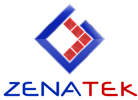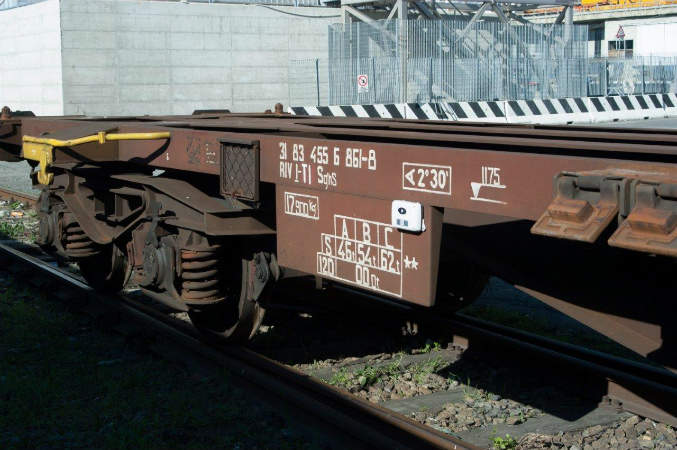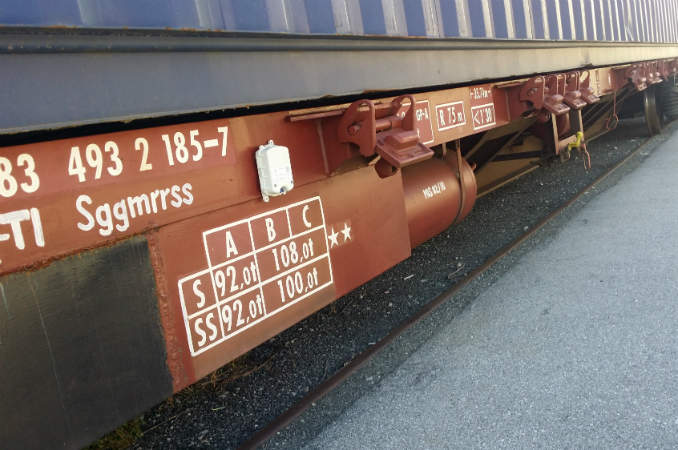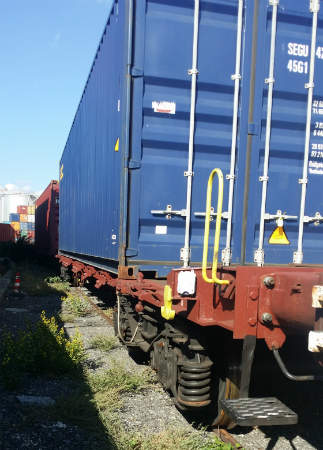
Zenatek supplies an effective and simple e-tracking solution for railway logistics and supply chains.
The company designs, manufactures and operates the Zenatek tracking system (ZTS), a tool for monitoring train cars to mitigate delayed or missing cargo, which result from poor logistics, negligence, damage or theft.
Tracking, monitoring and reporting for train cars
The ZTS tracks, monitors and reports the status of goods in transit. Train cars are observed continuously via the solution’s global positioning system (GPS), which is Galileo-ready and complies with the GPS / Glonass standard.
Clients can use a unique, encrypted code to access an online web portal, which allows them to consistently review the details of rail cars in-transit and/or containers transported.
Using Google maps, the system can trace property precisely to within 3m of its location.
In case of an unplanned incident, an email is sent to a selected device or mobile phone notifying the user as quickly as possible.
Clients will also be able to access the container packing lists, which includes health certificates and loading documents, using the ZTS’s website application.
GPS tracking railway cars and containers using real-time sensors
The non-obstructive Zenatek tracking device (ZTD) features an electronic controller unit, a small microprocessor, and a GPS transmitter / receiver that connects with a satellite network.
The smart technology allows the goods owner or logistics operator to manage events in the rail supply chain in real-time.
Some transporters and forwarder companies are reluctant to give a transparent view of their operations, often to hide problems with their infrastructure or procedures.
ZTS provides users with complete visibility of their railway cargo, eliminating uncertainty and enhancing decision-making after changes have been made.
Rail car optimisation using real-time data
ZTS reduces misuse of containers and train cars, as well as prevents loads, in case of transport of temperature-sensitive goods, being rejected due to temperature excursions.
The system’s geo-fencing capability, as a further ZTS feature, allows it to trigger a status alert when cars are unexpectedly moved beyond a client’s desired area. Clients are also provided with geo-coded proof-of-delivery for additional assurance.
Crash alerts can also be given, with the crash threshold of the alert being set by the client.
GPS tracking devices for containers
Based on a container-tracking device (ZTD), the Zenatek solution can be easily installed directly on train cars to trace property, with an average of two positions a day for a full year. More tracking positions can be added, depending on customer requirements.
During its lifespan of at least a year, the device is capable of transmitting information from any pallets or containers with ZTD installed, while travelling on railways worldwide, through an effective partnership with Vodafone.
Rail operators and users can also make changes to the portal, following an initial configuration, and give other receivers access to the app so that they can review the same delivery information.
Access to the app is governed by a range of security measures, and all data is encrypted and secure.
Cargo tracking with temperature monitoring and security
Zenatek’s container tracking device (ZTD) features GPS / global mobile communication systems (GSM) that provide satellite and cellular two-way communication, as well as respond to network availability and customer requirements. Temperature thresholds and transmission intervals for train cars in transit can also be remotely configured.
Designed in-house, the web portal provides comprehensive information and handles a large amount of data in real-time, without redundancy.
The unit does not need to be recovered and sent back to the client, eliminating all costs associated with these tasks. However, the client is free to re-use the container tracker (ZTD) until its extended battery life runs out, before disposing of it.
Offering easy installation and simple specifications, the small and sturdy ZTS complies with European Commission (EC) and Federal Communications Commission (FCC) standards and safety regulations.









